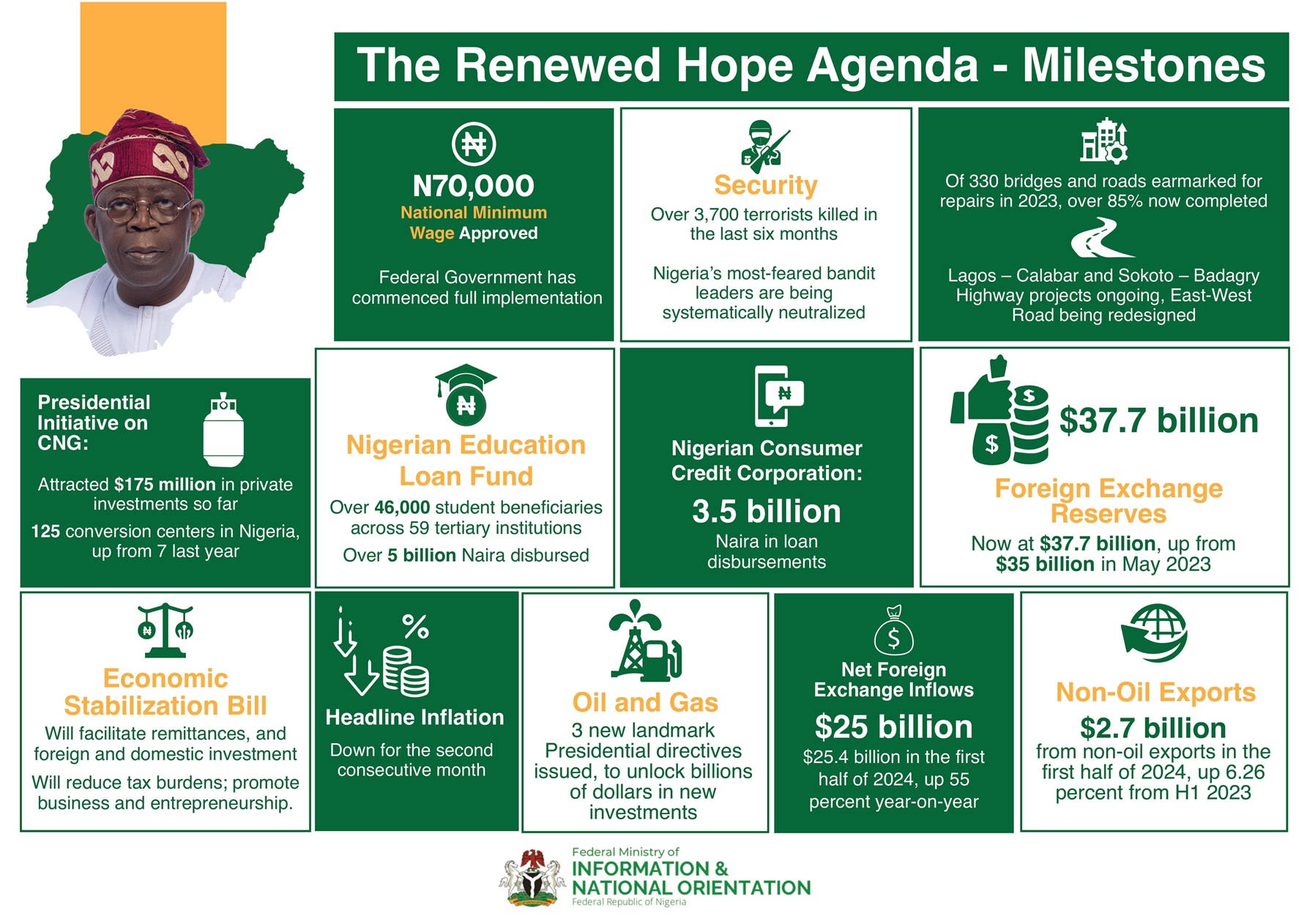Two big events over the next two weeks will determine the trajectory for oil prices in the second half of the year. One of those events will take place in Japan, the other in Austria.
U.S. President Donald Trump will meet Chinese President Xi Jingping on the sidelines of the G-20 conference next week in Osaka, Japan. Nothing less than the health of the global economy hangs in the balance.
Both leaders have powerful forces pulling them in opposite directions. On the one hand, both have a domestic political constituency invested in confrontation, or, at least, in not backing down from a trade fight. Neither wants to lose face. Trump campaigned on taking on China, and at least part of his political base may be disappointed if he comes home short of victory. In Beijing, Xi is also under tremendous pressure. The protests in Hong Kong leave him little room for error, and being seen as backing down to Trump would be highly damaging.
However, both leaders are also under pressure to end the trade war. Trump has a presidential election right around the corner, and farm country has been hit hard by sinking agricultural prices related to tariffs. China’s economy has also been hit hard by American tariffs, so Xi would likely be relieved to reach a compromise.
The stakes are high. The global economy is slowing down. Manufacturing data is weak, the auto market has slumped badly, trade volumes are sharply down globally. If the talks fail and the U.S. and China decide to escalate the pressure – Trump has threatened to hike tariffs on $300 billion of Chinese goods – a full-blown recession is possible.
Perhaps the threat of a downturn will focus some minds. Trump tweeted that he was set to meet with Xi and said that they had a “very good” talk. The tweet alone sent oil prices up sharply. At a rally in Orlando on Tuesday, Trump said that Xi was a “terrific president, a greater leader of China,” which, perhaps, might be interpreted as a sign that Trump is warming up to striking a deal. “We’ll see what happens,” he added, “but we’re either going to have a good deal and a fair deal or we’re not going to have a deal at all, and that’s O.K., too.”
Bank of America Merrill Lynch predicted oil demand growth for 2019 at a relatively paltry 0.93 mb/d, but also said an impasse in the trade negotiations would make things even worse. “[T]here is a risk we end up being too optimistic if the US-China trade relationship deteriorates further. Additional tariffs would likely force us to revise our numbers lower,” the investment bank wrote in a note. Higher trade tensions would “risk driving the global economy into a deeper and more prolonged slowdown.”
At the same time, a breakthrough would remove a major headwind, potentially sending oil prices much higher. A lot is on the line in Japan.
The other major event on the docket is the OPEC+ meeting in Vienna. After a scuffle over the precise date, the group has decided to meet in Vienna on July 1 and 2.
Here, there seems to be much less uncertainty. The recent plunge in oil prices should make OPEC+’s decision an easy one. As long as they stick to the cuts and extend them, OPEC+ may succeed in keeping some stability in the market, analysts say.
“We expect crude demand to accelerate thanks to the upcoming IMO 2020 regulations later this year, and OPEC will likely not have to cut production as much as the call on OPEC suggests. Having said that, there will not be room for the cartel to increase output for the rest of 2019 in our view,” Rystad Energy’s chief oil market analyst Bjørnar Tonhaugen said in a statement.
Forecasts suggest that “global demand will run ahead of global supply if OPEC output were to remain at the current level,” Standard Chartered wrote in a note. “While the balances seem to imply no immediate crisis for OPEC, backward-looking indicators have been alarming, with a sharp fall in OECD oil demand in March and the worst run of US weekly data since 2008.”
However, even as demand has weakened recently, the investment bank argued that more recent data for April eased concerns, showing a bit of a rebound relative to March. The most recent EIA data also showed a decline in inventories, and a surprise dip in upstream production. “OPEC is not fully out of the woods given the depth of speculative pressure based on trade-war concerns, but ministers can perhaps feel reassured that the backward-looking data appears to be stabilizing,” Standard Chartered said.
- By Nick Cunningham of Oilprice.com, June 23, 2019

